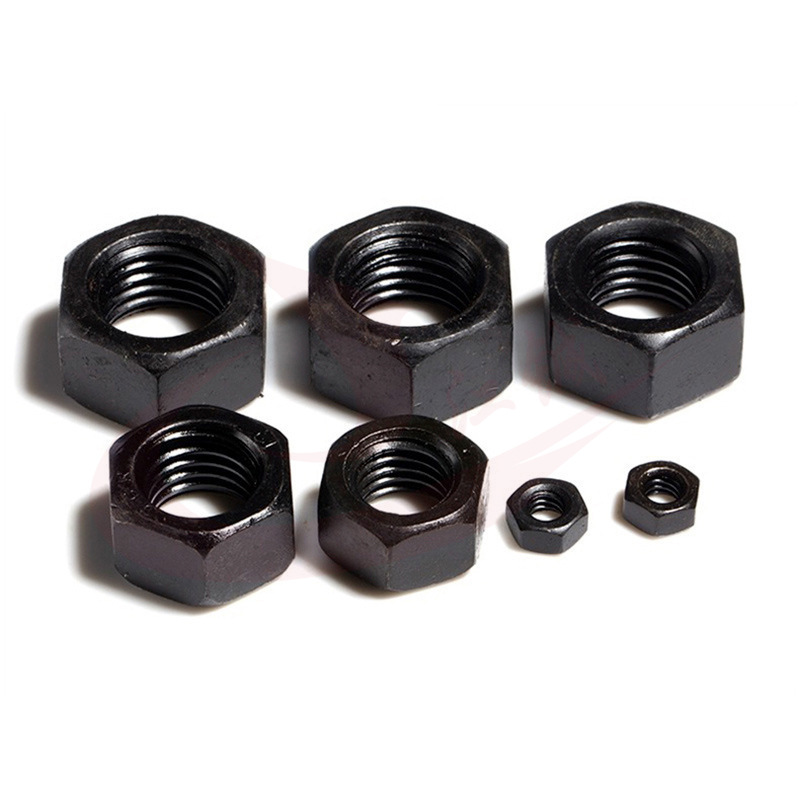

wood fasteners
Oct . 16, 2024 10:52 Back to list
wood fasteners
Understanding Wood Fasteners Essential Tools for Every Woodworking Project
Wood fasteners are indispensable tools in woodworking, allowing craftsmen to join pieces of wood together with strength and precision. From furniture making to construction, these fasteners enable a wide variety of applications, ensuring durability and stability in wooden structures.
Types of Wood Fasteners
Wood fasteners come in various forms, each serving a unique purpose. The most common types include screws, nails, dowels, and bolts.
1. Screws Wood screws are specially designed with a sharp point and threads that grip the wood firmly. They are favored for their excellent holding power and ability to pull pieces tightly together. Wood screws are available in various lengths and diameters, making them suitable for different thicknesses of wood. The choice of screw head—such as flat, round, or pan—also affects the final appearance of the project.
2. Nails Nails are among the simplest and most readily available wood fasteners. They are typically driven into wood using a hammer or nail gun. There are many types of nails, including common, finishing, and framing nails, each tailored for specific applications. While nails provide quick assembly, they may not offer the same level of holding power as screws, especially in applications where shear strength is critical.
3. Dowels Wooden dowels are cylindrical pieces of wood used to reinforce joints. They require precise drilling for installation, as they are often glued into holes made in joining pieces. Dowels can create strong, hidden joints that are aesthetically pleasing, making them a popular choice for fine furniture and cabinetry.
wood fasteners

4. Bolts For heavy-duty applications, bolts are the preferred fastener type. Bolts provide superior holding strength and can be used to join large pieces of lumber or support structural components. When paired with nuts and washers, bolts can be tightened for a secure fit that withstands significant stress.
Choosing the Right Fastener
When selecting a wood fastener, several factors should be taken into consideration. The type of wood, the load the joint will bear, and the desired finish all play a part in the decision-making process. For instance, hardwoods may require pre-drilling to avoid splitting, while softer woods can often accommodate screws and nails with minimal effort.
Additionally, environmental factors such as moisture levels should also influence the choice of fastener. For outdoor projects, using corrosion-resistant fasteners, such as stainless steel or galvanized options, is vital to ensure longevity.
Conclusion
In conclusion, wood fasteners are an essential component of woodworking that can significantly affect the strength and aesthetics of a project. Understanding the different types of fasteners and their appropriate applications can empower woodworkers to make informed decisions, leading to better results in their craftsmanship. Whether building a simple shelf or a complex piece of furniture, the right fasteners can make all the difference in creating durable and beautiful wooden structures. With the right tools at your disposal, the possibilities in woodworking are endless.
Latest news
-
Hot Dip Galvanized Bolts-About LongZe|High Strength, Corrosion Resistance
NewsJul.30,2025
-
High-Strength Hot Dip Galvanized Bolts - Hebei Longze | Corrosion Resistance, Customization
NewsJul.30,2025
-
Hot Dip Galvanized Bolts-Hebei Longze|Corrosion Resistance&High Strength
NewsJul.30,2025
-
High-Strength Hot-Dip Galvanized Bolts-Hebei Longze|Corrosion Resistance&High Strength
NewsJul.30,2025
-
Hot Dip Galvanized Bolts-Hebei Longze|Corrosion Resistance&High Strength
NewsJul.30,2025
-
Hot Dip Galvanized Bolts - Hebei Longze | Corrosion Resistance, High Strength
NewsJul.30,2025

